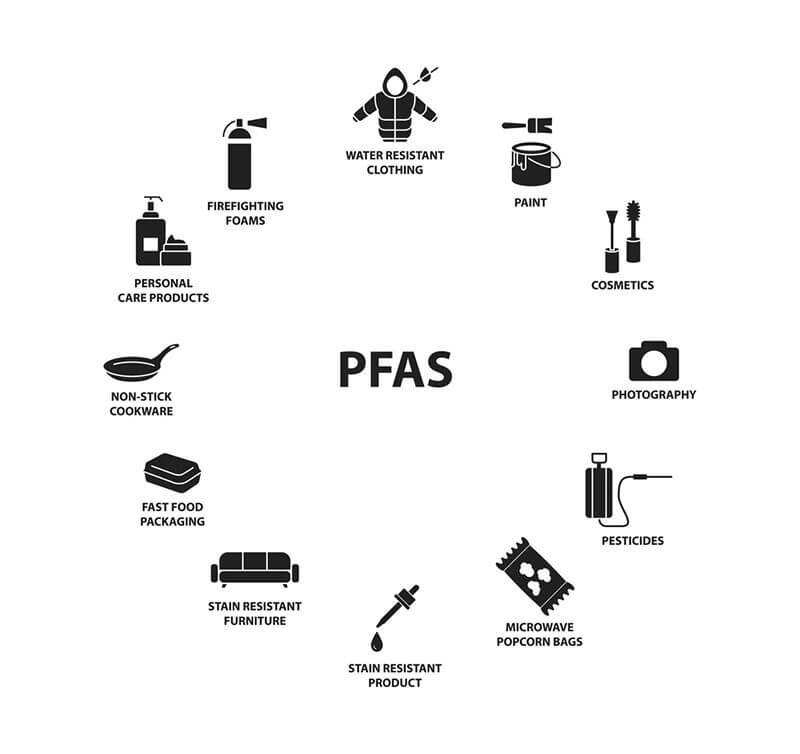ALBUQUERQUE, N.M. — University of New Mexico scientists have a dire new warning about the water millions of Americans drink — it potentially contains toxic contaminants. There are even risks these toxins could cause cancer. The study reveals that these issues predominantly affect minority communities and those on tribal lands.
“There were several of us that have expertise in dealing with these particular contaminants, and we were seeing that they’re not always at safe levels in drinking water sources for a number of reasons,” says Dr. Johnnye Lewis, professor emerita in the Department of Pharmaceutical Sciences, multiple principal investigator of the Navajo Birth Cohort Study, and co-director of Community Environmental Health Program and director of the UNM METALS Superfund Research Program, in a university release.
The contaminants in question include arsenic, fracking fluids, lead, nitrates, chlorinated disinfection byproducts, PFAS (per and polyfluoroalkyl substances, manmade chemicals), and uranium. Many of these, like inorganic arsenic, nitrates, and uranium, are known carcinogens. Others, like fracking fluids and PFAS, are introduced by human activities, carrying uncharted risks. For instance, PFAS can stay in the environment for decades without breaking down.
“I think there was concern, but it wasn’t at this scale and was elevated to where it is now,” notes Dr. Lewis. “It’s like much of what we do as a society. You take the action first and then down the road try to figure out how to fix it. That’s usually a bad strategy.”

A concerning aspect is the interaction of these contaminants. The research shows that multiple contaminants can exist in a single water source, potentially amplifying their harmful effects.
“We’re only really now starting to come up with good methods to assess what those mixtures do,” explains Dr. Lewis. “There’s always a lot of uncertainty, because a mixture is not the same in one community as it is in the next.”
Most Americans might assume large water systems can counteract these threats, but many are without even this basic line of defense. The study identifies around 150,000 public water systems in the U.S. Roughly one-third are community water systems serving around 320 million Americans, with 91 percent of these systems catering to fewer than 10,000 people — covering approximately 52 million people. Additionally, over 43 million Americans rely on private wells for water.
The researchers emphasize the urgent need for infrastructure investment, improved water standards, advanced treatment techniques, better monitoring data, and stricter chemical safety testing. Adding to the gravity of the situation, Dr. Lewis warns that the consequences of climate change, like droughts, further exacerbate the challenges in locating clean water sources, particularly in the western U.S.
“For me the thing that is most concerning is that you start looking at drought and the stresses that that puts on looking for additional water sources,” the study author says. “The potential for making sure those sources are clean could become more limited.”
Dr. Lewis further stressed that the impacts of climate change are more severe for communities least prepared to deal with them, particularly as there’s a lack of water monitoring in underserved areas.
“When we talk about racial injustice and societal injustice in communities that are underserved, they’re the ones that are going to bear the brunt of this,” Lewis concludes.
The study is published in the Journal of Exposure Science and Environmental Epidemiology.
You might also be interested in:
- Best Water Filters: Top 5 Purifiers For Clean H2O, According To Experts
- ‘Brita, but 1,000 times better’: Innovative water treatment removes ‘forever chemicals’ for good
- Best Water Bottles For Kids: Top 5 Brands Most Recommended By Experts

